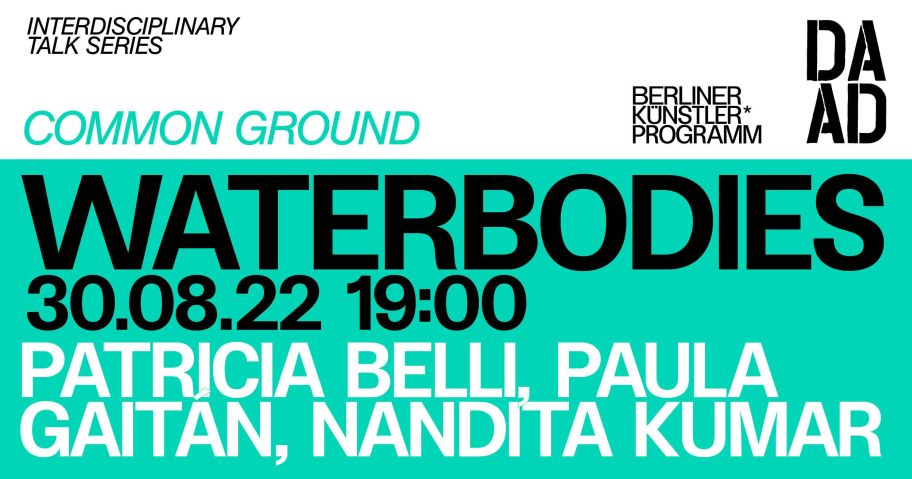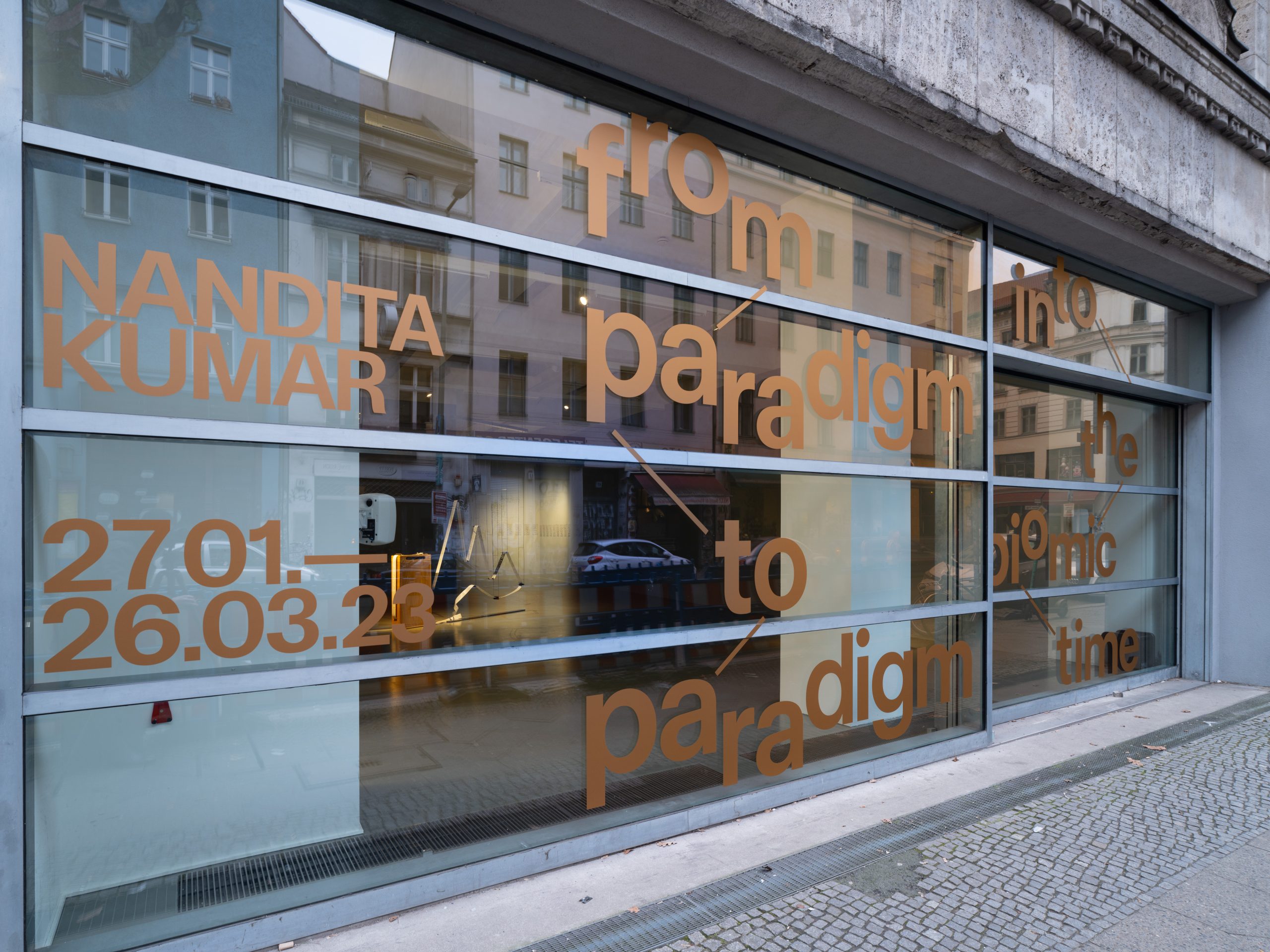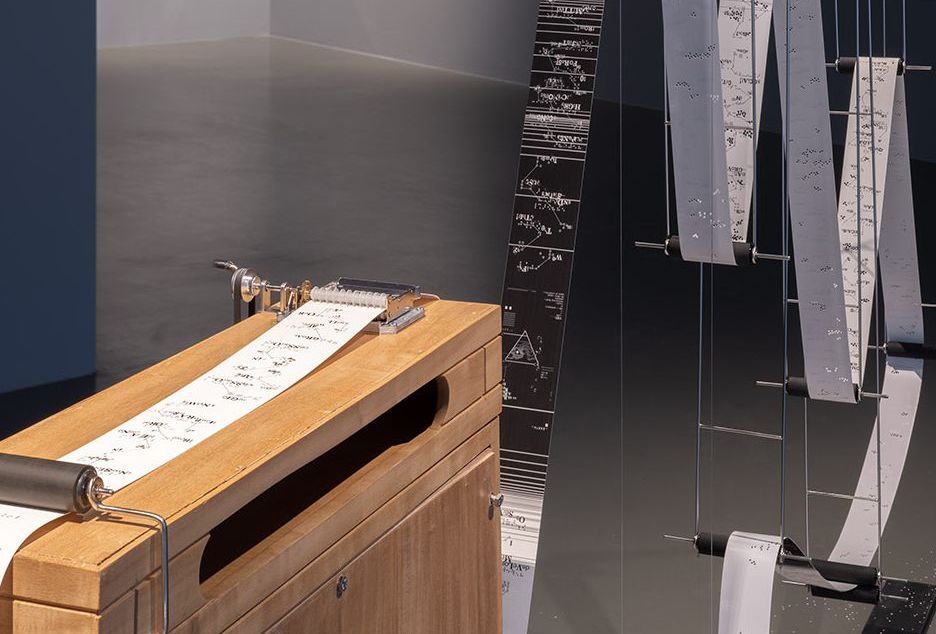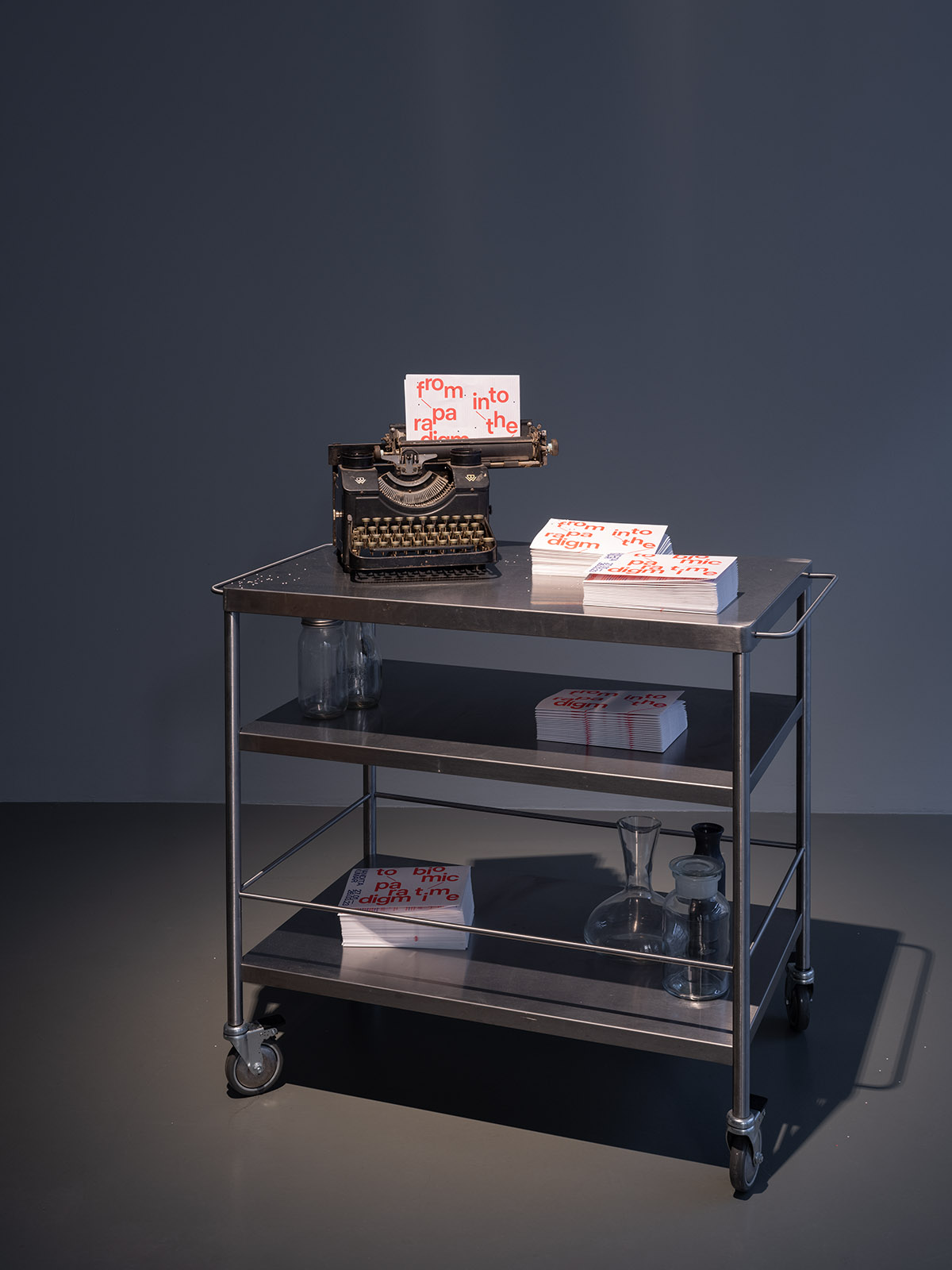India / New Zealand, Music & Sound, 2022
Nandita
Kumar
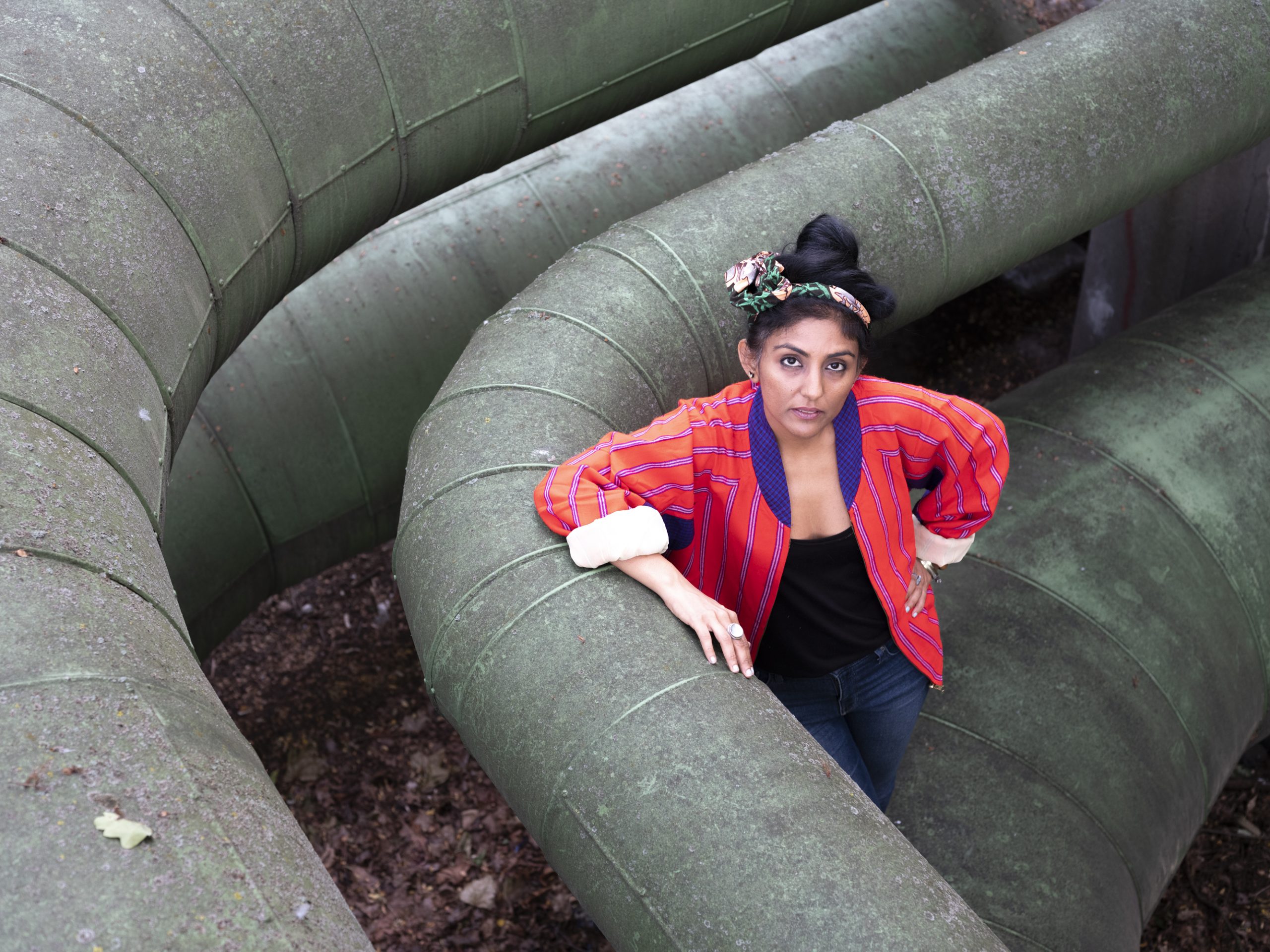
I meet Nandita Kumar in a park, since despite Covid-19 being officially over, numbers are rising. The viral context that frames our meeting and determines its location is not trivial in this instance, but an essential part of Kumar’s work, which stretches the idea of art not only into sound but generally into the invisible and the in-between, from where it illuminates the complex relationships and interdependencies that define a current ecology and its crises. Meetings, collaborations, and conversations are essential to Kumar’s working methods, through which she produces works of art, as well as processes of discovery generative of what I would term “information models.” These “models” create a portal into complex scientific data sets that enable the sensing, rather than simply the understanding of, the interwoven global challenges facing us today.
The park as bionetwork sets a fitting scene for a discussion of Kumar’s most recent works. One of them, The Unwanted Ecology, is “a futuristic self-sustainable sound biosphere that consists of plants classified as weeds” collected from paddy fields within a twenty-minute radius of her studio in Guirim, North Goa; a hot-spot for biodiversity, and where she lives and works since 2015. The work is a mesmerizing diorama of weed plants, powered by solar energy and controlled by humidity sensors, visually nostalgic of nineteenth century display cases and their botanic-colonial aesthetics yet leading us into a digital future that values the property and healing power of weeds in a decolonial and truly global sphere. The soundtrack reframes the weeds’ local undesirability by linking them to their medicinal properties, sounded through their healing frequencies which Kumar developed with her long-term collaborator from CalArts, Kari Rae Seekins. Creating a sonic sphere that is at once scientific and imaginative of a “science fiction”: a multi-sensory narrative that reflects on a collaborative and inter-disciplinary working, and offers transformative ideas for how science, the everyday, and art can meet to rethink truths’ possibilities.
The other work, Osmoscape, is a graphic “datascape-score” that sounds and shows “several aspects of water through its scarcity, politics, and interdependency.” The work-in-progress consists of a sculptural installation, a book, street art, and an app, made from forty-eight datasets that explore water to reveal the complex political, social, and infrastructural interdependencies of the devastating and pressing “water wars.” The score is beautiful and urgent, juxtaposing information, imagination, and sensorial engagements to manifest what water can tell us about climate, pollution, and its own disappearance. In that sense, the work is a great example of Kumar’s multi-genre, interdisciplinary process, that extends and performs conversations and investigations across disciplines and cultural boundaries to create a different imagination from the in-between.
Salomé Voegelin
All of Nandita Kumar’s work is based on collaborative and collective processes and she has explicitly asked to mention here the teams involved in the above mentioned works.
Project Conceptualizer and Visualizer: Nandita Kumar
Co-Author/Scientific and Medical Writer: Anjali Singh Uttamchandani
Book Editor: Jyotsna Nambiar
Book Design and Layout: Meet Gala
Mikhail Rodrigues: Priyal Prāna
Sound Design: Kari Rae Seekins
Circuit Board Design: Subhadeep Biswas
Osmoscape: Echoes of the Osmotic Landscape
Creative Developers: timeblur studios | himanshu erande
Data Visualization in Processing: abhinay khoparzi
Sound Design: jacob bergson
Sound Interaction for Webapp: sound.codes
Graphic Design/Book Design: trusha sawant
Ui Design: studio mesmer | trusha sawant
Co-Writer for Book: supriya vohra (independent journalist)
Editor: jyotsna nambiar
Data Writers: viola rodrigues (scientific assistant: national centre for antartic & ocean research)| pooja das (political science) | varun rastogi( phd astrophysics) | aravind senan (hardware engineer + animator) | snigdha sehgal( freelance educator, biologist) | madhu chitnis (sound artist)
Researchers (Biotechnologist): ruchika oniel | moreska costa | nezlyn d’souza


